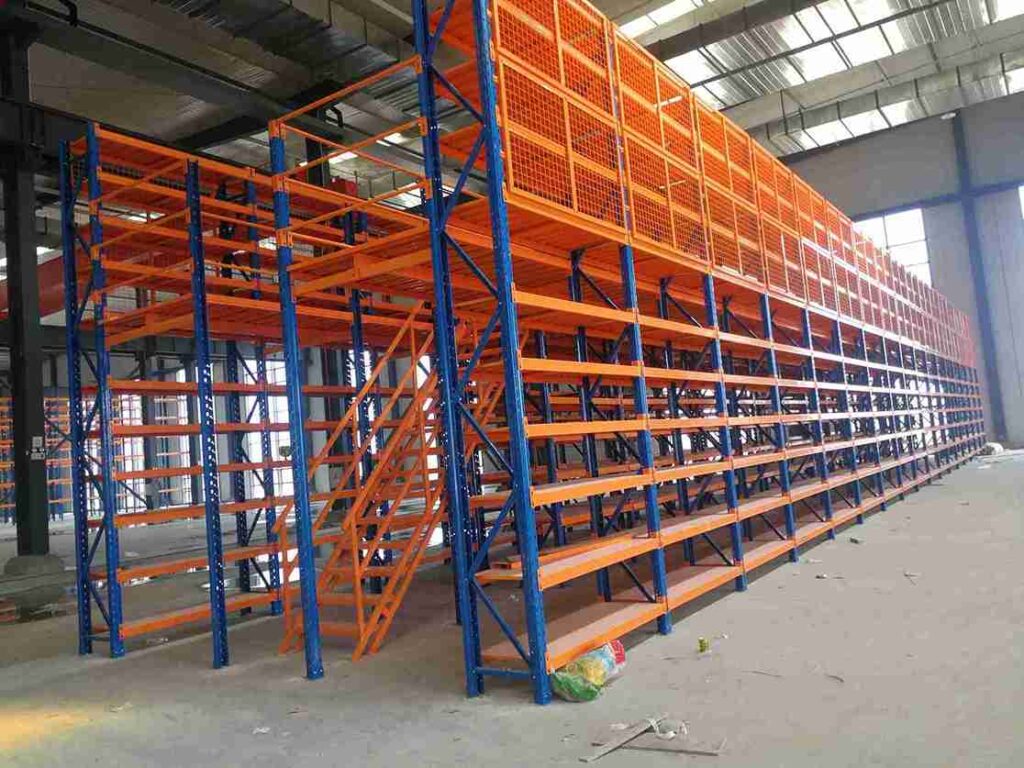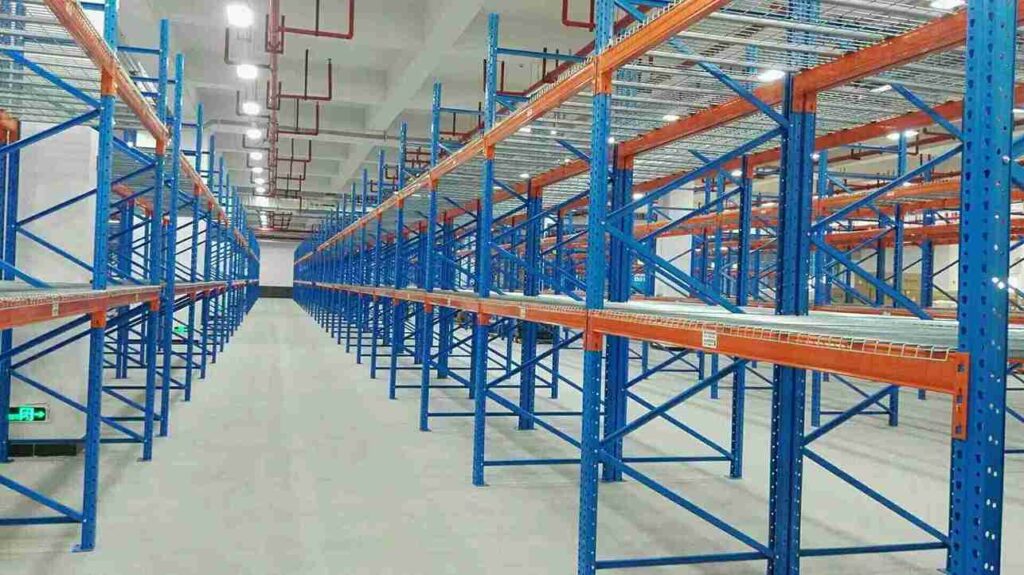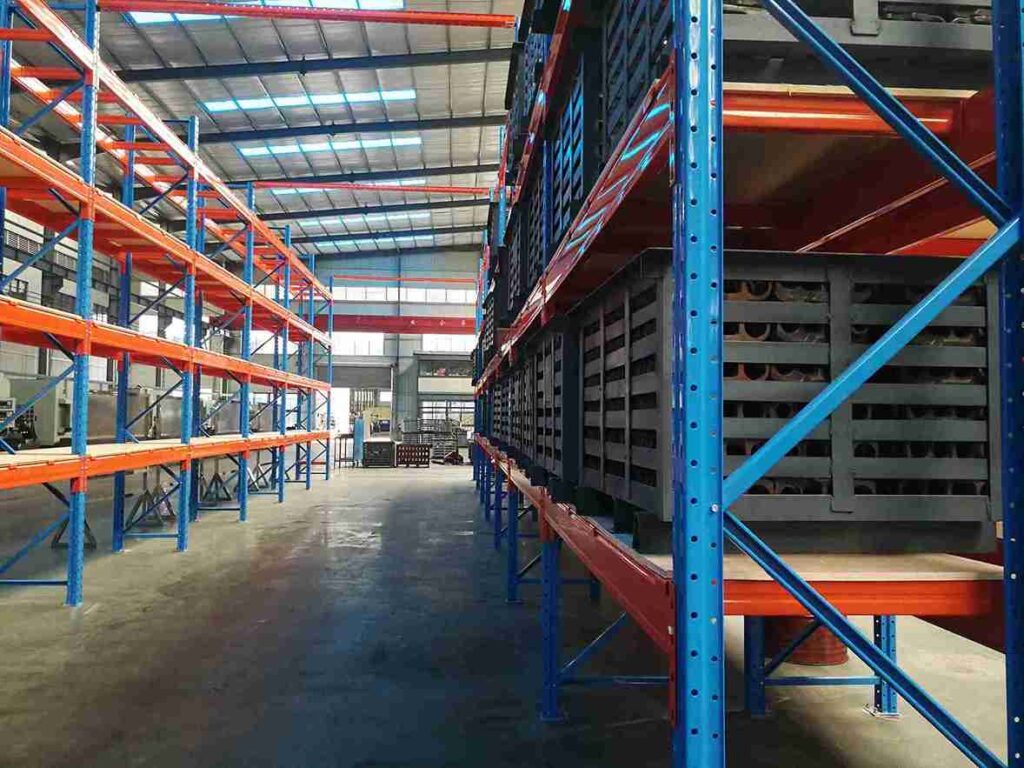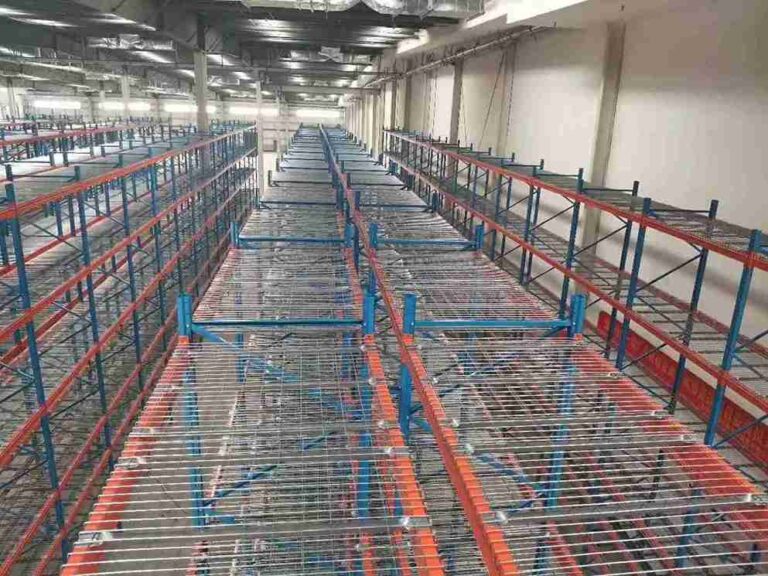📐 "First 50 Enterprise Queries Get Custom 3D Warehouse Design" Plan

Is Your Warehouse Audit-Ready? The Ultimate Beam Racking Compliance Checklist
A warehouse audit represents far more than a routine operational review; it constitutes a high-stakes evaluation of an organization’s structural integrity, workforce safety protocols, and financial risk exposure. When auditors examine storage systems, their scrutiny immediately focuses on the condition and compliance of beam racking installations. Industry professionals recognize that failure to maintain proper standards can trigger catastrophic operational shutdowns, substantial regulatory penalties, and devastating workplace incidents.
The fundamental question “Is your warehouse audit-ready?” should command serious attention from logistics and warehouse management teams globally. Through decades of specialized experience in storage automation and racking systems, industry experts have observed numerous organizations treating their beam racking systems as permanent installations requiring minimal oversight – until audit revelations expose critical safety deficiencies.
This comprehensive guide transcends conventional checklists by delivering an engineering-focused examination of the principles distinguishing compliant, secure facilities from high-risk operations. Professionals should consider this material an essential playbook for not merely passing audits, but for establishing organizational safety cultures that protect personnel, productivity, and profitability through implementation of a rigorous beam racking compliance checklist.

The Critical Limitations of Standard Checklists: Uncovering Hidden Warehouse Liabilities
While most warehouses maintain basic inspection protocols, truly audit-ready facilities operate according to substantially higher standards. These organizations comprehend that genuine compliance extends beyond checking boxes to understanding the engineering rationale underlying each regulation. The international standards governing beam racking systems – including ANSI MH16.1, FEM 10.2.02, and the UK’s SEMA guidelines – originate from fundamental principles of physics and systematic risk mitigation.
Where superficial examinations might confirm beam connections exist, expert inspections evaluate connection quality, locking mechanism wear patterns, and historical load stresses. The distinction between these approaches frequently determines audit outcomes and operational safety levels.
The tangible costs of compliance negligence manifest dramatically in real-world scenarios. Specialists dispatched to a Southeast Asian distribution center discovered that while the facility had consistently passed internal inspections using their standard beam racking compliance checklist, their methodology overlooked critical structural measurements. Multiple key upright frames demonstrated vertical misalignment exceeding 1.5 inches over 10 feet – well beyond permissible tolerances.
This deviation was generating uncontrolled stress redistribution throughout the system, creating progressive failure conditions in beam connectors and anchor points. The operation stood perilously close to structural collapse, demonstrating how conventional checklists can inadvertently become liability instruments rather than protective measures. A properly structured beam racking compliance checklist would have identified these critical deviations before they reached dangerous levels.
The Financial Repercussions of Compliance Failures
Beyond immediate safety concerns, financial consequences of non-compliance prove devastating:
Regulatory Penalties: Organizations like OSHA and international equivalents impose severe financial sanctions for racking violations, with repeat offenses generating six-figure penalties
Operational Cessation: Auditors possess authority to halt warehouse operations until critical violations resolve, creating massive revenue disruption and contract breach liabilities
Insurance Consequences: Failed audits or incidents trigger risk reassessments by insurers, potentially multiplying premiums or prompting policy cancellation
Civil Litigation Exposure: Racking failures causing injury or property damage typically generate litigation that can threaten organizational viability

The 2025 Master Beam Racking Compliance Checklist: Engineering-Grade Evaluation Protocol
This specialized beam racking compliance checklist derives from forensic audit methodologies employed by industry specialists. The protocol progresses systematically from macro to micro analysis, ensuring comprehensive assessment coverage.
Section 1: Upright Frame Integrity – Structural Foundation Evaluation
As primary load-bearing components, upright frame integrity remains non-negotiable for system safety.
1.1. Column Vertical Alignment Assessment
Using precision laser levels, technicians verify all upright frames maintain perfect vertical orientation. Maximum permissible deviation typically measures 1/240 of height (approximately 1 inch for 20-foot frames). Exceeding this tolerance indicates potential foundation compromise, impact damage, or critical overloading conditions. The beam racking compliance checklist specifically flags “leaning” rows as indicators of systemic failure.
1.2. Upright Frame Damage and Deformation Analysis
This evaluation stage requires surpassing conventional visual inspection through millimeter-accurate measurement:
Critical Impact Zone Examination: The lower 48 inches of upright frames demand particular scrutiny as the most frequent impact location from material handling equipment
Dent Depth Quantification: Specialized gauges measure deformation; depths exceeding 3/4 inch (20mm) typically necessitate immediate upright replacement
Structural Member Integrity: Technicians document web twisting, flange deformation, or stress cracking that compromises structural capacity
1.3. Baseplate and Anchor System Verification
The floor connection system provides essential rack stability through proper installation:
Anchor Bolt Integrity: All bolts must remain present, properly torqued, and free from corrosion or shear damage
Baseplate Condition: Plates must maintain full floor contact without bending or lifting deformation
Shim Configuration: Where leveling shims exist, maximum two welded shims per baseplate constitute the safety standard
Section 2: Beam and Connector Inspection – Load Transfer Component Analysis
2.1. Beam End Connectors and Locking Mechanism Evaluation
This frequent failure point requires meticulous examination of every connection:
Engagement Verification: Visual and physical confirmation ensures connectors fully seat into upright slots without exposed engagement necks
Locking Function Testing: Mechanical locks must audibly engage without looseness; damaged or missing mechanisms create critical failure risks
Wear Pattern Documentation: Elongated holes, stress fractures, or metal fatigue indicate imminent connection failure
PROFESSIONAL TIP: Implementation of this beam racking compliance checklist should include specialized tools like inspection mirrors and high-intensity lighting for dense configurations.
2.2. Beam Deflection and Deformation Measurement
Load-bearing beams require specific performance validation:
Deflection Limits: Under rated capacity, vertical sag should not exceed L/180 (approximately 0.53 inches for 96-inch beams)
Geometric Integrity: Beams must remain free from twisting and retain designed camber characteristics
Section 3: Load Management and Operational Safety Protocols
Even perfect racking suffers from flawed operational practices, making procedural controls essential.
3.1. Load Capacity Documentation and Verification
Every structural component requires legible, accurate load placards matching as-built engineering specifications. The beam racking compliance checklist mandates verification that cumulative upright loads never exceed design capacities.
3.2. Pallet and Load Overhang Management
Eccentric loading creates dangerous structural stresses requiring strict control:
Dimensional Limits: Standard protocols restrict overhang to 3 inches front/back and 2 inches laterally
Operational Enforcement: Forklift operator training and random audits ensure consistent compliance
3.3. Column Guard Effectiveness and Limitations
While protective guards provide necessary impact protection, they can create false security. Significant guard damage should automatically trigger upright inspection, as energy transfer may have compromised structural members.

Advanced Implementation: Transcending Basic Compliance Requirements
A fundamental beam racking compliance checklist provides essential baseline evaluation, but advanced facilities implement supplementary protocols:
Comprehensive Inspection Regimen Development
Progressive organizations establish three-tier inspection systems:
Operator-Level Daily Checks: Material handling personnel conduct visual inspections at shift commencement, reporting any impact incidents
Supervisor Monthly Audits: Designated personnel perform structured walkthroughs focusing on critical components identified in the beam racking compliance checklist
Professional Annual Evaluations: Certified third-party specialists conduct forensic examinations using advanced metrology equipment
Technological Integration for Enhanced Safety
Modern warehouses increasingly leverage technology for compliance assurance:
Automated Guidance Systems: AGVs and unmanned forklifts dramatically reduce impact incidents through precision operation
Digital Twin Implementation: Virtual warehouse modeling enables load simulation and layout optimization before physical implementation
Monitoring Sensor Networks: Strain gauges and impact detection systems provide real-time structural health data

Conclusion: Establishing Pervasive Safety Through Systematic Compliance
Successful audit completion represents merely one milestone in continuous safety improvement. World-class organizations internalize the engineering principles embedded in comprehensive beam racking compliance checklist protocols to establish impregnable safety cultures. These operations recognize that each dent, misalignment, or overload condition signals broader operational vulnerabilities. By implementing engineering-grade inspection methodologies and complementing them with progressive training and technology integration – including AGVs and automated conveyor systems – facilities achieve more than audit readiness. They establish operational future-proofing, workforce protection, and financial security. The most effective risk management strategy involves proactive implementation of rigorous beam racking compliance checklist protocols before audit contingencies arise.

Frequently Asked Questions (FAQs)
1. What inspection frequency is recommended for beam racking systems?
Formal internal inspections should occur quarterly at minimum, with comprehensive professional audits conducted annually. High-throughput facilities or those utilizing high-reach equipment should consider semi-annual professional evaluations as part of their beam racking compliance checklist protocol.
2. Which compliance violation appears most frequently during audits?
Overloading represents the most common and dangerous violation. This encompasses not only exceeding weight limits but improper load distribution, excessive pallet overhang, and cumulative upright stresses that often remain unrecognized until failure occurs.
3. Can damaged upright frames undergo repair, or is replacement always necessary?
Replacement typically constitutes the only safe resolution. While manufacturer-approved repair systems exist, field welding or mechanical straightening voids engineering certifications and creates significant liability exposure.
4. Do recognized training certifications exist for racking inspectors?
Organizations like SEMA offer accredited “Rack Inspector” certification programs. Maintaining certified personnel demonstrates organizational commitment to compliance and enhances audit outcomes.
5. How does automation integration affect racking compliance?
AGV and unmanned forklift implementation substantially improves compliance by eliminating manual operation variability. Precision automated handling dramatically reduces impact incidents, simplifying beam racking compliance checklist implementation and extending infrastructure lifespan.
If you require perfect CAD drawings and quotes for warehouse racking, please contact us. We can provide you with free warehouse racking planning and design services and quotes. Our email address is: jili@geelyracks.com




